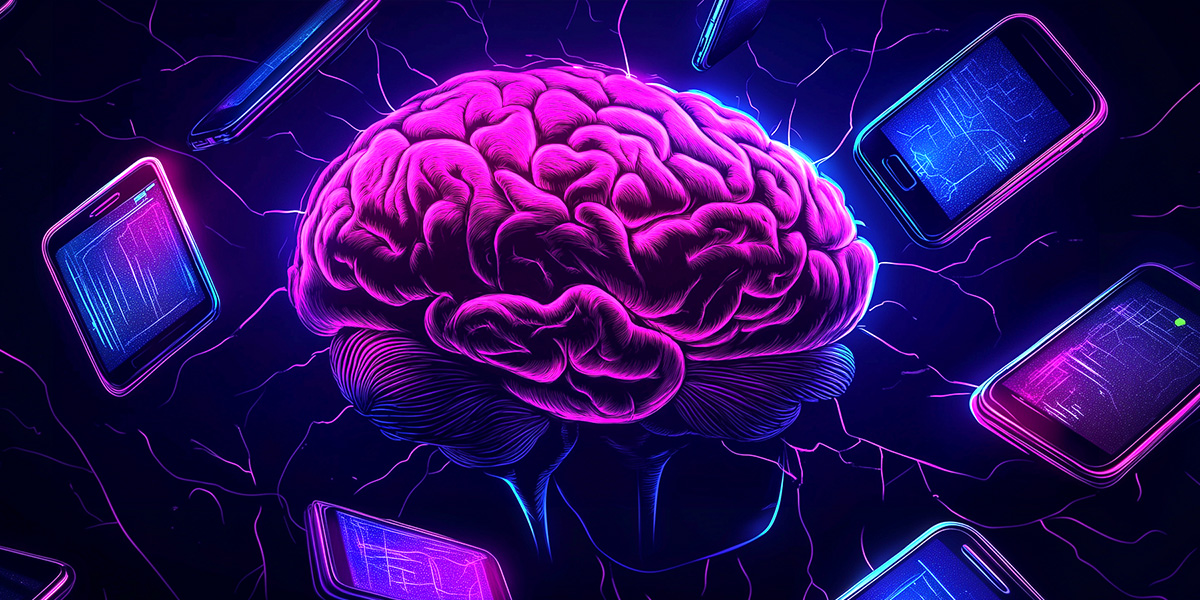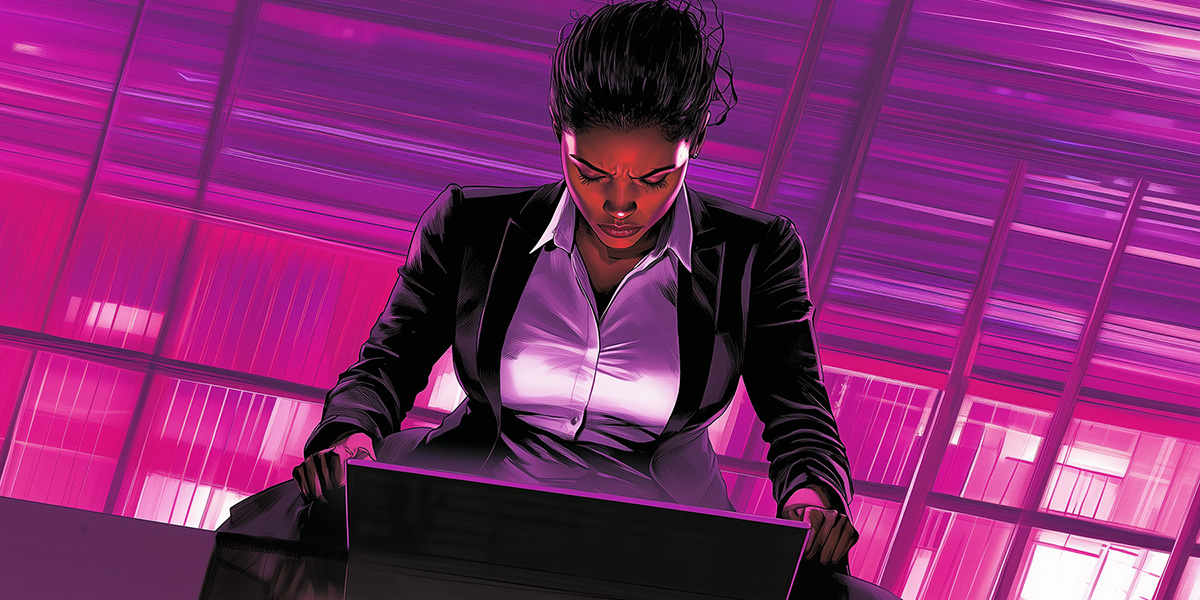

Innovative Service Can Be Subliminal
Subliminal cueing got off to a rough start. It dates back to the early 1950s, when an advertiser claimed he could influence patrons at a movie theater to unwittingly buy more popcorn and Coke by placing a single “drink Coke” frame in the middle of an advertisement shown before the feature film.
It progressed from there to sexual images in print ads the conscious mind did not notice, but the subconscious mind could not miss. Vance Packard’s 1957 book, The Hidden Persuaders, soared to the top of the bestseller list as the public showed a keen interest in how advertisers were manipulating consumers without their conscious awareness. Some countries banned subliminal cueing in the media. It remains a topic of ongoing moral debate in consumer psychology classes.
However, the concept of a subconscious message can be a powerful tool to enrich an experience. Michelangelo created his famous statue of David, with its head and hands disproportionately larger than they should have been, to convey a subliminal political message glorifying the mental and physical prowess of the people of Florence. His The Creation of Adam painting on the Sistine Chapel ceiling shows God and Adam reaching toward each other. Their efforts are noticeably different — God is straining hard to reach down, while Adam is putting little effort into reaching up. It is a subtle but strong message signaling a difference in commitment to a relationship.
Customers love innovative service that awakens their subconscious. Bakeries pump tantalizing aromas from their kitchen onto the sidewalk, and modern hospital lobbies provide a babbling fountain with tranquil music, not glaring TV soap operas. Walk into the lobby of any Westin Hotel, and your nose knows the scent suddenly shifts from the “smell of the street” to a signature fragrance called “White Tea.” An antique and memorabilia shop in Memphis plays oldies music; an upscale jewelry shop in Chicago has all employees wear formal evening attire. And a coastal restaurant soaks its cash register toothpicks in salt water.
Porsche automobiles have a rich history that dates back to the European racing circuits. The typical Porsche showroom tells the tale of that racing tradition through photos, décor, and written materials. Many salespeople further entice the customer into the magic of the high-performance sports car fraternity by pointing out a unique Porsche engineering feature: the car’s ignition switch is located on the left side of the steering column. The reason? So drivers in cold-start races, like the 24 hours of LeMans, can turn the ignition with their left hand while simultaneously shifting into gear with the right — an advantage when tenths of a second count. That tidbit of Porsche lore brings the would-be purchaser into the Porsche story in a personal, vicarious way.
What can you do to enrich your customers’ experiences by adding more subtlety? Anyone who has been to Disney World knows that finding the over 1,000 hidden Mickeys in the theme park is a game that enhances brand loyalty. Would a picture with a story be better than just a pretty picture? The comical sign on the men’s restroom door at a RaceTrac gas station informs patrons that they can leave their seats up just as they like them.
What compelling story can you embed in your customer’s experience? Nike was the Greek goddess of victory; Starbuck was the first mate in Moby Dick. The arrow in the Amazon brand name points from A to Z, signaling the breadth of the company’s offerings. The Google logo features all letters in primary colors, except for a rogue letter “L” in green, conveying a message that Google does not play by the rules.
What association can you reinforce your brand? Jack Daniels Whiskey uses its Tennessee Squire Association to create brand loyalty. Members are nominated by other members and are entertained with funny letters, online history, and special announcements. Lululemon sells athletic apparel; its Sweat Collective offers a workout app and connects buyers to fitness-related community events. Discover innovative ways to influence your customers by cueing their subconscious to inspire, entertain, and enlighten them.
















